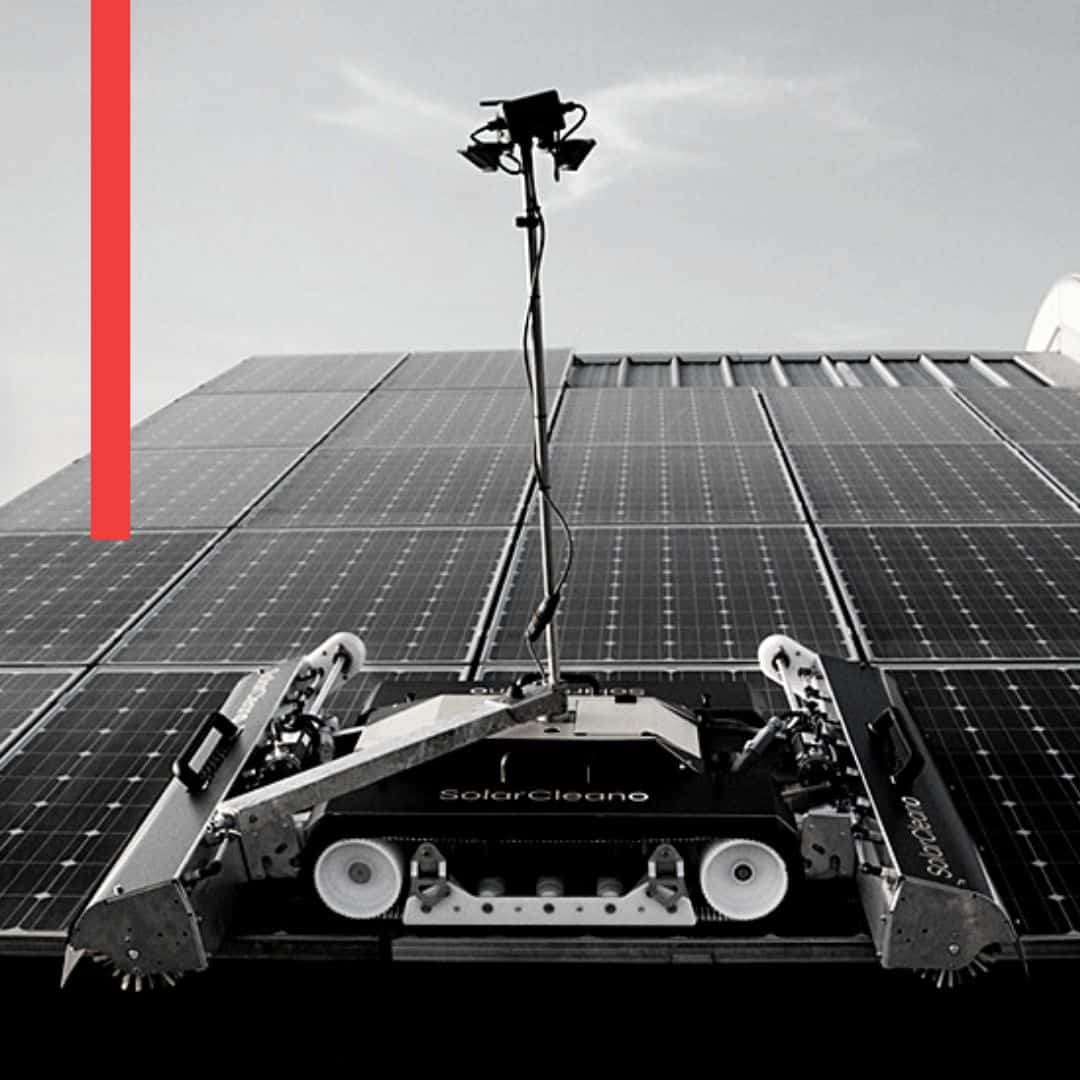We often get asked about how we manage solar panels after they are installed and live. As a practical matter, solar panels have no moving parts and are built to sit in the hot sun for decades. So, really, what kind of maintenance is involved? There are no air filters to change, no fans, and really no wear and tear to speak of. But the one thing all solar system owners have to manage is cleaning the solar panels.
Panels get dirty. Dust, pollution, and dirt from rainstorms can all impair a solar panel’s energy output. So all owners must wash their systems usually once or twice a year to maximize the energy output.
Property owners who partner with King Energy don’t have to think about any of this because King Energy handles all ongoing maintenance on our programs. But for curious property owners, this article explains what we do and how we do it when it comes to cleaning dirty solar panels.
When do we clean?
King Energy monitors our solar system output 24/7. We see this data in real time and can tell when a system’s output starts to fade. In a typical suburban area, the dirt build up is slow and steady over time. A bird poops here and there; a leaf gets stuck on an edge partially blocking a corner; a few light rain storms leave a small amount of dust with each raindrop. Over time, this all adds up to a 5-10% or more decay in the energy output of the system. In the solar industry, this is called the “Soiling Rate.”
Without getting into the math, the logic is pretty simple: when the value of the energy lost starts to exceed the cost of sending a crew onsite, it’s time to clean.
Soling rate
A soiling rate is how quickly dirt builds up on your panels. You can check your location’s regional soiling rate by checking the National Renewable Energy Laboratory (NREL) soiling map. Once you understand your soiling rate, you can pinpoint exactly how often your solar panels need to be cleaned.
How often do solar panels need to be cleaned?
Most manufacturers recommend cleaning your panels at least twice a year. The best times to clean them are late spring and late fall; however, this can change depending on where you are located and your area’s specific soiling rate.
Agricultural areas will see a dramatic increase in soiling during harvesting season. We will typically wait until harvest season is over before we send a crew because if you clean mid harvest you’ll likely be back in a couple of weeks to clean again.
Desert regions will see increased soiling after a light rain. Have you ever noticed that desert rain often smells earthy? That’s because each raindrop contains a tiny speck of dirt which can build up quickly on a solar panel. That being said, a deluge can act as a natural cleaning and we’ll usually see a spike in energy production after a downpour.
Both pollen and pollution can also impact soiling rates. Every commercial property owner with more than a few windows will intuitively understand this problem from first hand experience.
What does solar panel cleaning involve?
Solar panel cleaning is simple and there are solar maintenance businesses nationwide ready to support solar system maintenance in any location. Cleaning is part of a larger set of ongoing services called “O&M” (pronounced: Oh and Em) which is short for “Operations and Maintenance.”
For smaller systems, a team of trained professionals can hand wash the panels. For that cleaning process, teams will begin by brushing debris off panels with a soft bristle brush. After brushing away debris, they will wash panels with either plain water or a small amount of non-abrasive detergent. Professional cleaning teams can perform a solar panel cleaning quickly and efficiently.
For larger systems, hand washing panels is prohibitively time consuming and expensive. To reduce costs, the solar industry has panel cleaning robots. Yes, robots!
There are a few benefits to utilizing robots for larger systems:
- Speed: One robot can replace 10 workers with manual brushes.
- Safety: Panels generate live current. The risk of electric shock is minimal but it’s definitely real. A shocked robot blows a fuse and is back in operation tomorrow.
- Risk of damaging solar panels: By utilizing a robot, there is no worry of a person stepping on and harming the panels.
- Inconsistent cleaning quality: Manual cleaning rarely achieves the same precision as robotic cleaning. Weather conditions may influence the performance of manual cleaners as well.
Wondering what a solar cleaning robot looks like in action? Watch this video
Where does the water for cleaning come from?
Generally, onsite water is utilized if available, but we can provide additional water supply if need be.
Who insures your workers on the roof?
We do. We provide all the usual insurance protections to protect our team in the event of an accident.
The final word
Solar panel cleaning is important to ensure panel performance. The solar industry has been around for decades. We follow well-established industry best practices and ensure the safety of our team and the integrity of both our panels and your roof.
Do you have more questions about King Energy programs? Our frequently asked questions are a great place to start!
